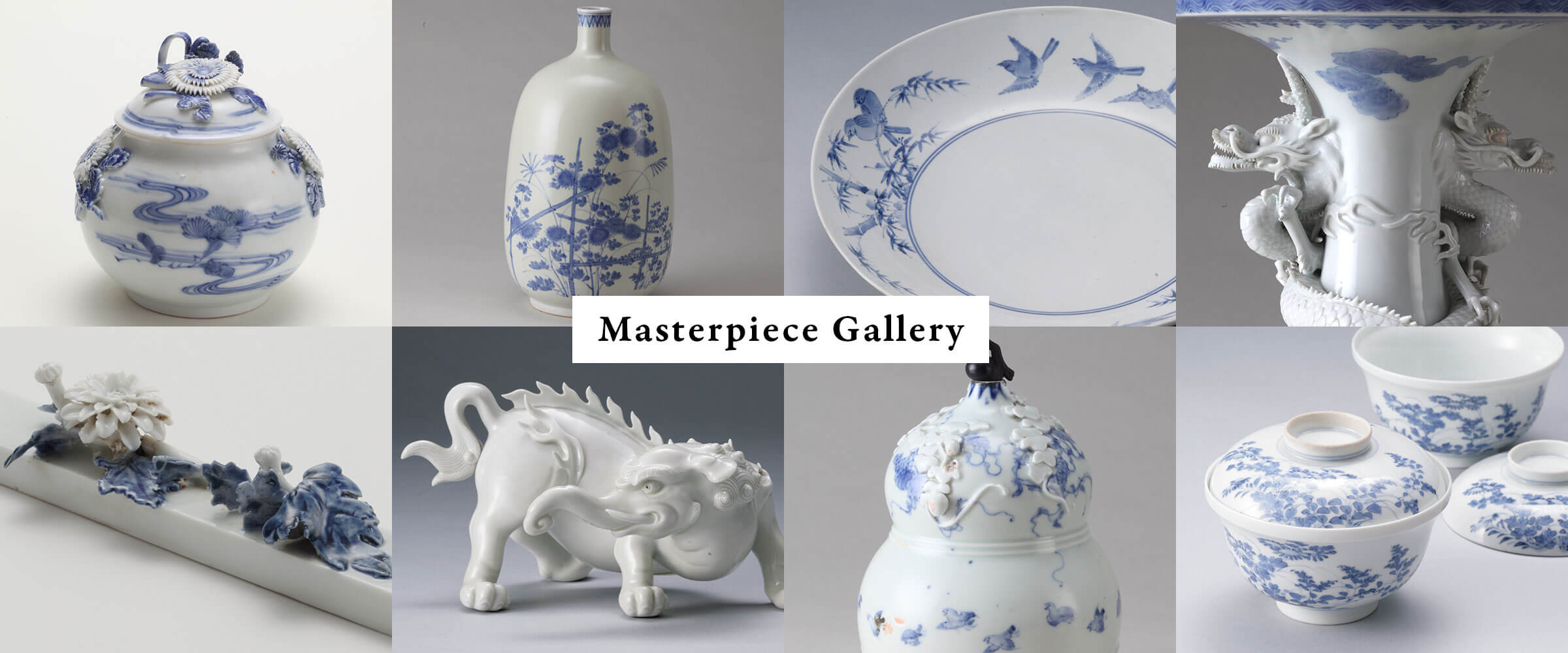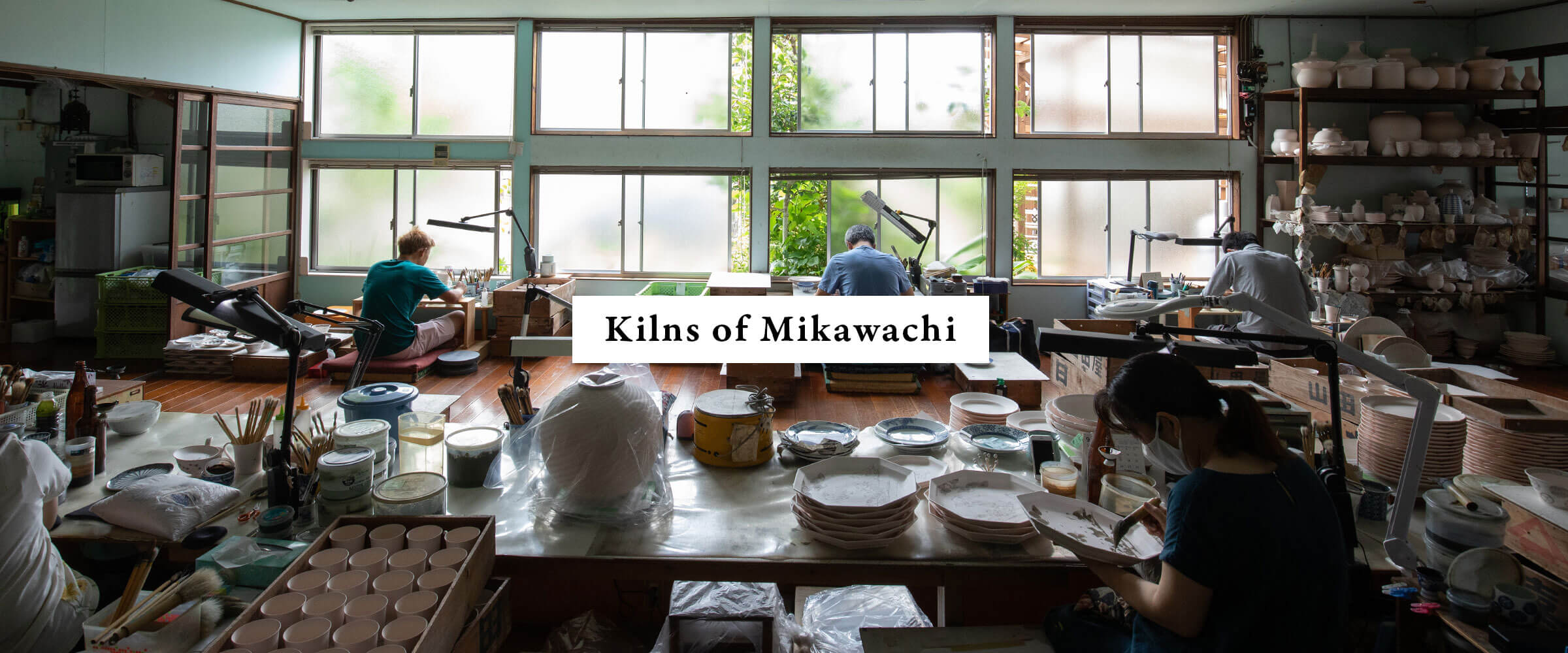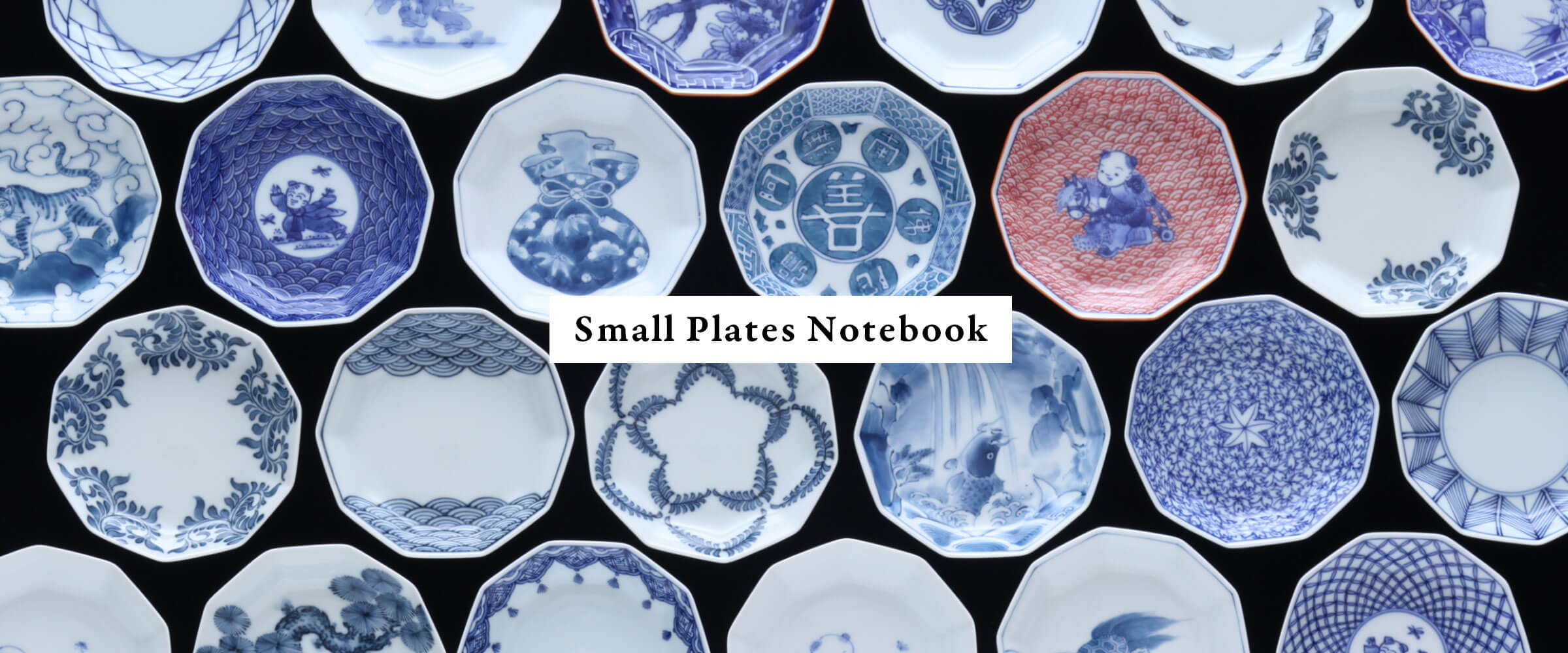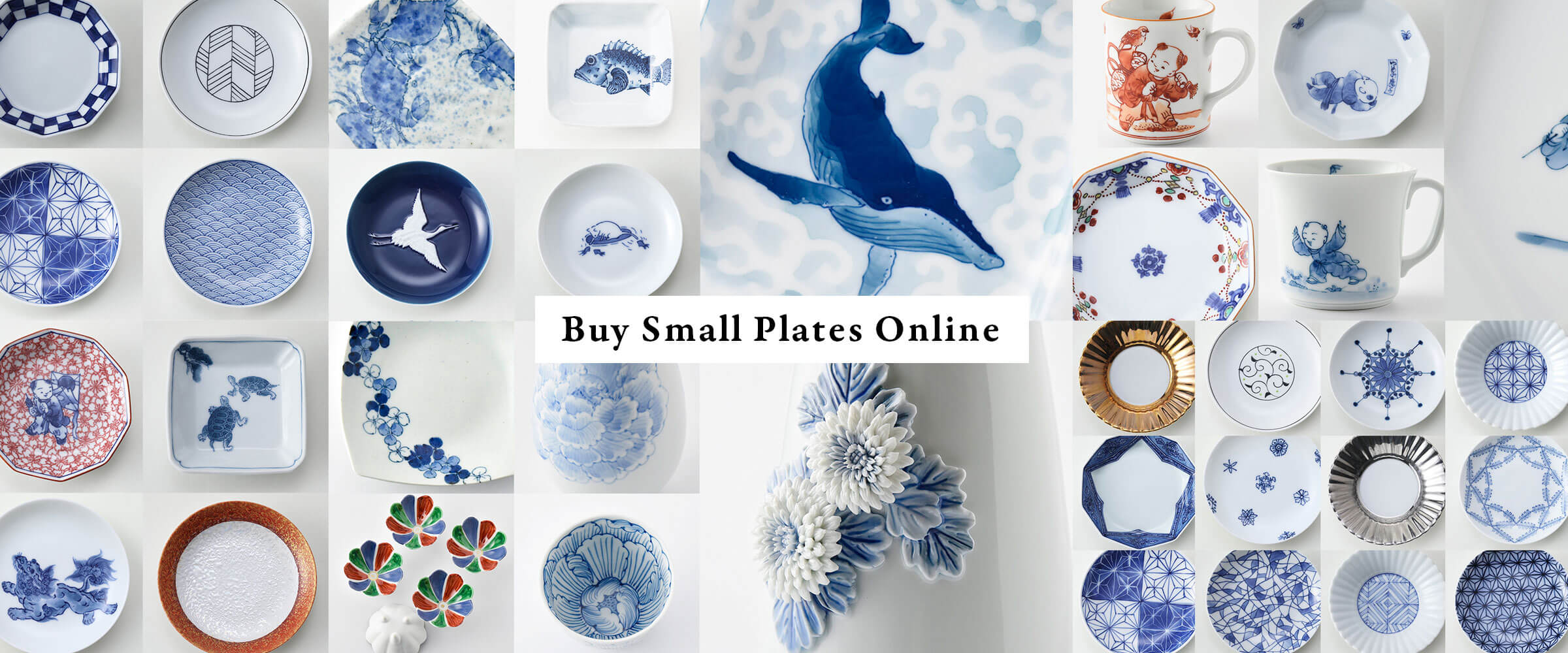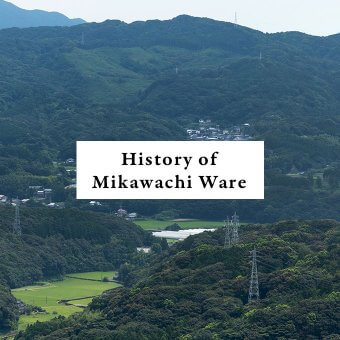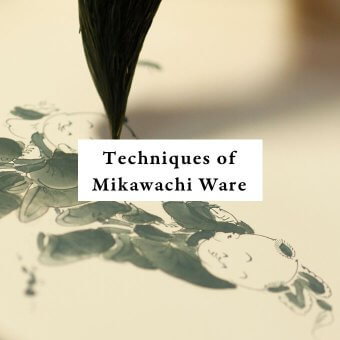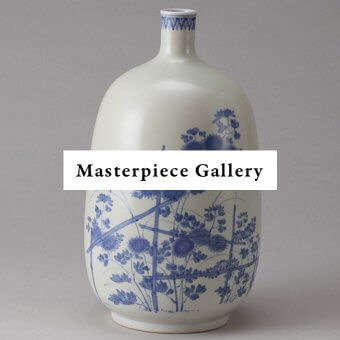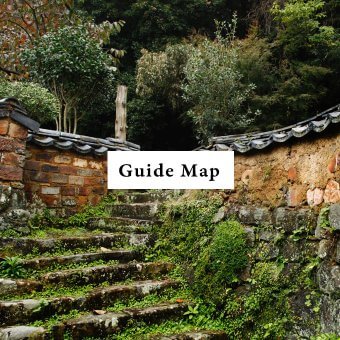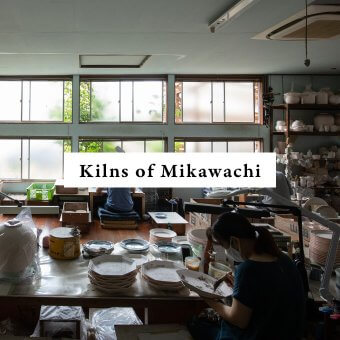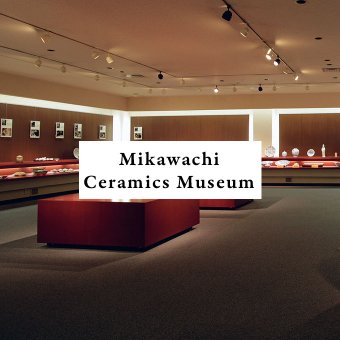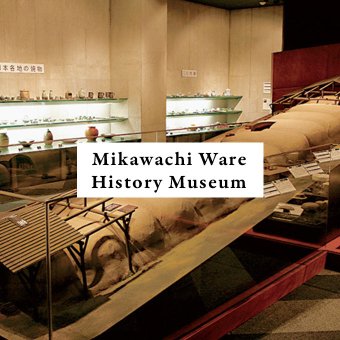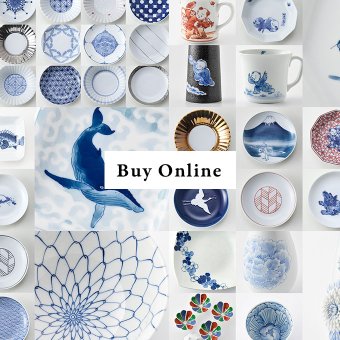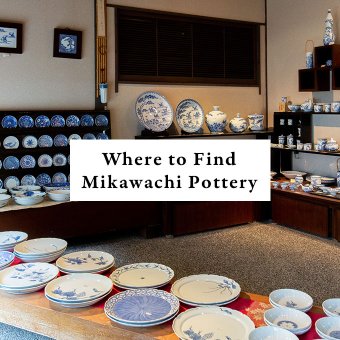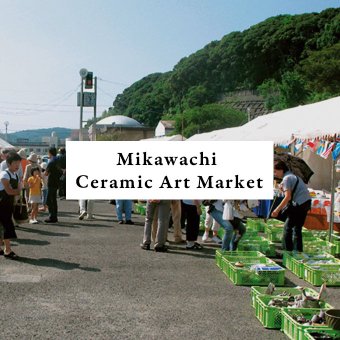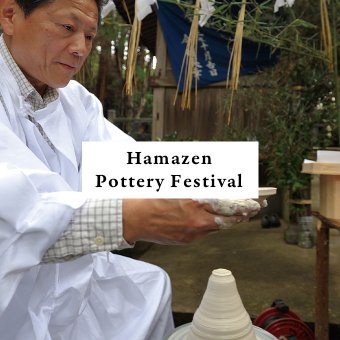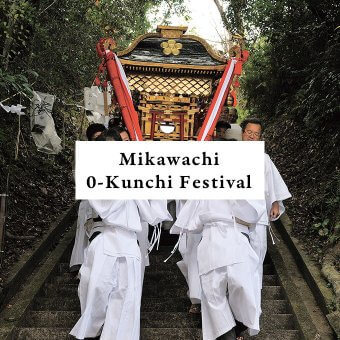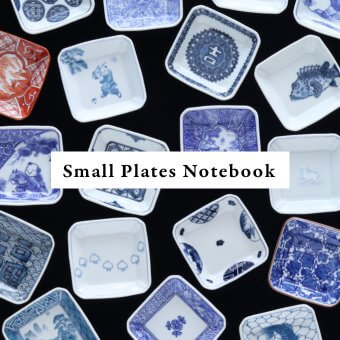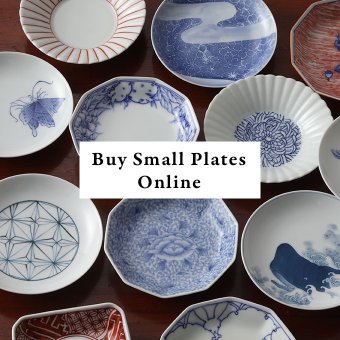Mikawachi Ware
Its Origin in the Late 16th Century, and Today
Everything must be painted by hand. Each detail of each pot - carving, layering, decorating - must be executed by hand. This is the proud tradition of the artisans of Mikawachi.
News / Information / Event calendar
How has this tiny hamlet succeeded in continuing a 400-year tradition, mastering distinctive techniques to create impeccable pottery? Learning about the history and techniques of Mikawachi ware is one way to appreciate ceramic art.
Mikawachi is divided into three districts: Sarayama, Kihara, and Enaga. The Sarayama district, where the daikan’s office was located in the Edo period, is still the center of Mikawachi ware, with a number of kilns in the area. Before you visit local kilns, we recommend you stop by the Mikawachi Ceramics Museum and Mikawachi Traditional Industry Hall to learn some basic information and history of Mikawachi ware.
The Mikawachi Pottery Cooperative operates an online shop where you can buy the works of 21 pottery workshops. There are also shops in Nagasaki and Tokyo where it is possible to find Mikawachi pottery.
There are two major festivals related to Mikawachi pottery: the “Hamazen Pottery Festival” in spring and the “Mikawachi O-Kunchi Festival” in autumn. In addition to the pottery sale at the “Hamazen Pottery Festival,” there is also the “Mikawachi Ceramic Art Market” where visitors can buy Mikawachi pottery.
All Mikawachi ware is hand painted, from the hallmark designs of children at play to traditional designs of birds and flowers. Each workshop has its own unique expression of the children, as well as its own distinctive shade of the underglaze blue cobalt. Comparing the work of different kilns is one way to enjoy Mikawachi ware. No two of these small plates are the same, in design, color, and shape - they can be round, square, ten-sided, or shaped like flowers or a rich variety of other forms.






